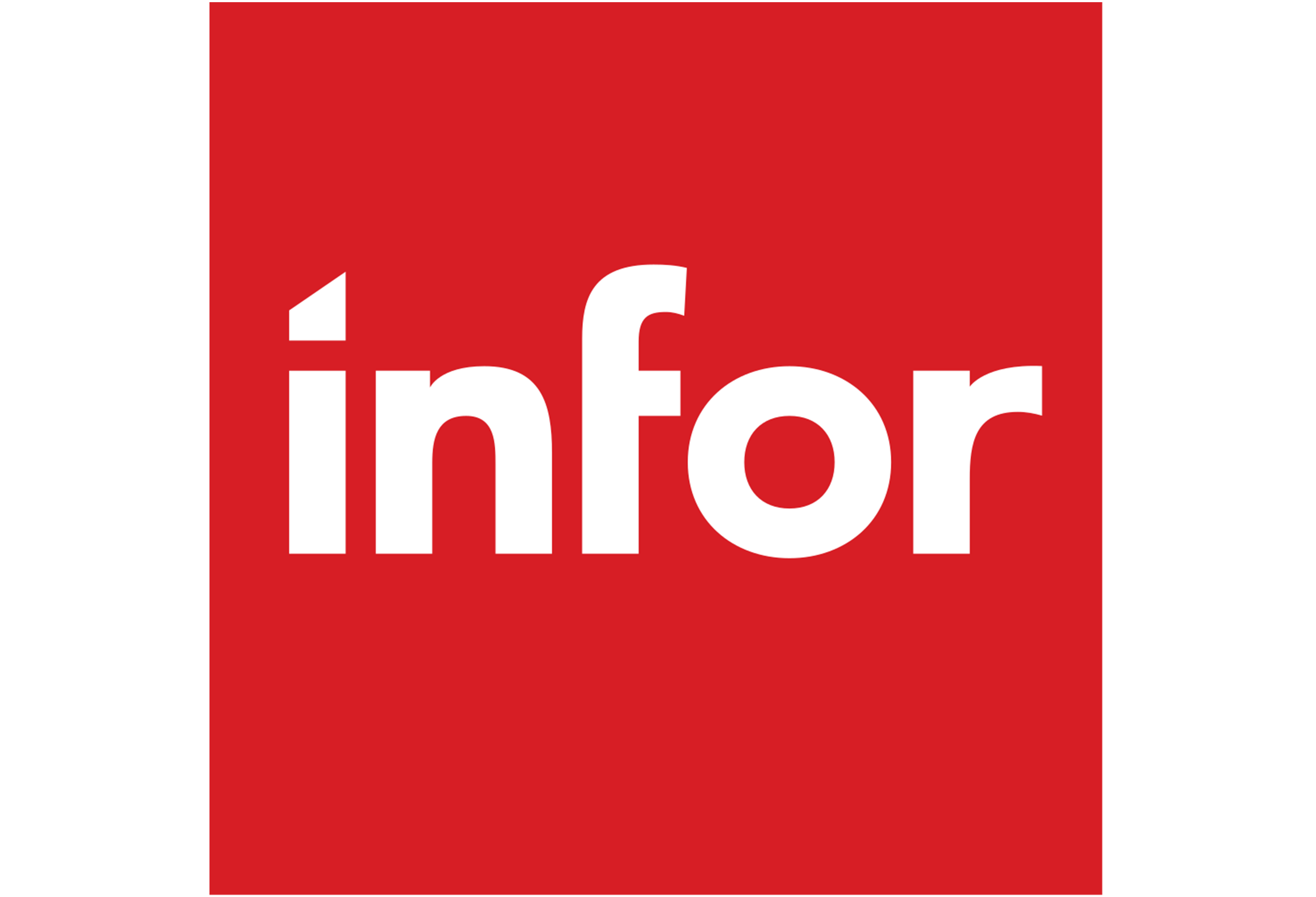
บทความโดย นายฟาบิโอ ทิวิติ รองประธาน บริษัท อินฟอร์ อาเชียน
ทั้งการแพร่ระบาดของโรคและการถอนตัวออกจากสหภาพยุโรปของสหราชอาณาจักร (เบร็กซิต – Brexit) ล้วนแต่ซ้ำเติมความท้าทายต่าง ๆ ที่ผู้ผลิตอาหารและเครื่องดื่มต้องเผชิญอยู่ให้รุนแรงมากยิ่งขึ้น อีกทั้งความต้องการของผู้บริโภคที่เปลี่ยนแปลงตลอดเวลา ปัญหาติดขัด ณ จุดใดจุดหนึ่งที่ไม่สามารถหลีกเลี่ยงได้ และต้นทุนที่เพิ่่มสูงขึ้น ทั้งหมดล้วนเป็นมรสุมธุรกิจลูกใหญ่ โดยเฉพาะอย่างยิ่งการเรียกคืน สินค้าเพื่อความปลอดภัยยังคงเป็นหนึ่งในความท้าทายที่ยิ่งใหญ่ที่สุดที่บรรดาผู้ผลิตต้องเผชิญ ส่งผล ทำให้ค่าใช้จ่ายและความเสี่ยงเพิ่มสูงขึ้น
จากข้อกำหนดของ GFSI (The Global Food Safety Initiative) ซึ่งเป็นองค์กรอิสระด้านความปลอดภัย อาหารที่ได้รับการยอมรับทั่วโลกระบุว่า ผู้ผลิตต้องมั่นใจว่ามีการดำเนินมาตรการควบคุมที่เพียงพอที่จะป้องกันการปนเปื้อนของสารก่อภูมิแพ้ ส่วนผสมทุกชนิดที่เป็นสาเหตุของการแพ้อาหารในผลิตภัณฑ์จะต้องมีการระบุและสื่อสารอย่างชัดเจนต่อผู้บริโภค เพราะในบางกรณีสารก่อภูมิแพ้แม้เพียง 1 มิลลิกรัม ก็สามารถกระตุ้นให้เกิดการตอบสนองและอาจถึงแก่ชีวิตได้ FARE (Food Allergy Research & Education) เผยว่าในแต่ละปีชาวอเมริกันจำนวนสูงถึง 200,000 คน ต้องเข้ารับการรักษาตัวจากอาการ แพ้อาหาร และจำนวนเด็กแพ้อาหารระหว่างปี 2540-2542 และปี 2552-2554 มีจำนวนสูงขึ้นถึง 50%
และแน่นอนว่าโควิดได้ทำให้เรากลับมาให้ความสำคัญกับเรื่องความเสี่ยงต่อการปนเปื้อนจากมนุษย์ และเชื้อโรคภายในโรงงานผลิตอีกครั้งหนึ่ง
ในโลกที่ความปลอดภัยของอาหารถือเป็นสิ่งสำคัญสูงสุด และเป็นสิ่งสำคัญต่อชื่อเสียงของบริษัท การเรียกคืนสินค้าเพื่อความปลอดภัยแม้เพียงครั้งเดียวก็ถือว่ามากเกินพอ และสำหรับผู้ผลิตจำนวนมาก เมื่อต้องแก้ไขปัญหานี้ การบริหารจัดการสินทรัพย์และการบำรุงรักษายังคงเป็นเรื่องที่ต้องอาศัยศักยภาพอย่างมากในการปรับปรุงให้ดีขึ้น
ใช้ประโยชน์จากระบบอัตโนมัติให้มากที่สุด เพื่อลดความเสี่ยงให้เหลือน้อยที่สุด
เห็นได้ชัดว่ากุญแจสำคัญในการจัดการกับความท้าทายเหล่านี้อยู่ที่การทำดิจิทัลทรานส์ฟอร์เมชั่น (digital transformation) โรงงานหลายแห่งยังคงมีการใช้กระบวนการทำงานแบบแมนวล ใช้สเปรดชีท เป็นหลักเพื่อรองรับโปรแกรมการบำรุงรักษาอุปกรณ์ของตน ซึ่งนับว่ามีความเสี่ยงสูงมากเนื่องจากทำให้ บริษัทอาหารต้องเสี่ยงต่อการเกิดข้อผิดพลาด การหยุดทำงานของระบบ (downtime) และค่าใช้จ่าย ต่าง ๆ ที่ไม่จำเป็นที่อาจเกิดขึ้น รวมถึงขั้นตอนที่ต้องปฏิบัติตามข้อกำหนดต่าง ๆ ที่อาจใช้เวลายาวนาน ยิ่งไปกว่านั้น การใช้ทรัพยากรต่าง ๆ เพื่อสนับสนุนการทำดิจิทัลทรานส์ฟอร์เมชั่นสามารถเพิ่มมูลค่าให้กับบริษัทมากยิ่งขึ้น
สิ่งหนึ่งที่เห็นได้ชัดเจนคือระดับของการใช้ระบบอัตโนมัติที่เกี่ยวข้องกับโรงงานผลิตอาหารนั้น มีความแตกต่างกันอย่างมาก ยิ่งระบบอัตโนมัติมีข้อจำกัดมากเท่าไหร่ ความเสี่ยงที่เกิดจากความผิดพลาดของผู้ปฏิบัติงานก็จะยิ่งมากขึ้นเท่านั้น ซึ่งอาจส่งผลให้เกิด downtime ความเสี่ยงด้านความปลอดภัยและสินค้าเสียหายขึ้นได้ การใช้ระบบอัตโนมัติระดับสูงอย่างแมชชีนเลิร์นนิ่ง (Machine Learning – ML) และปัญญาประดิษฐ์ (Artificial Intelligence – AI) ผ่านการใช้วิธีการจัดการและบำรุงรักษาสินทรัพย์ที่คาดการณ์หรือกำหนดล่วงหน้า จะช่วยลดความเสี่ยงนี้ลงได้มาก อีกทั้งยังลดการเรียกคืนสินค้าให้เหลือ น้อยที่สุด และเพิ่มชื่อเสียงพร้อมผลกำไรให้กับบริษัทได้มากที่สุดอีกด้วย
ความท้าทายด้านบิ๊กดาต้า
เซ็นเซอร์บนเครื่องจักรและสายการผลิตทั้งหมดช่วยให้ข้อมูลแบบเรียลไทม์ที่จำเป็นสำหรับเรื่องนี้ได้ โดยให้โอกาสในการวางแผนใช้ไลฟ์ดาต้า (live data) กับข้อมูลในอดีตและของบุคคลที่สาม และทำการตัดสินใจต่าง ๆ ตามที่กำหนดได้อย่างรวดเร็ว
ระดับความละเอียดของข้อมูลเชิงลึกที่ได้จากตัวเซ็นเซอร์นั้นมีคุณค่ามหาศาล เช่น ในเครื่องจักรบางรุ่นสามารถตรวจสอบการสั่นสะเทือน เพื่อค้นหาบริเวณที่ตลับลูกปืนเกิดการบิดเบี้ยวจากรูปทรงวงกลมเป็นวงรี ซึ่งส่งผลกระทบต่อความน่าเชื่อถือของชิ้นส่วนอุปกรณ์ พร้อมทั้งคาดการณ์จุดที่จะเกิดข้อผิดพลาดได้
แต่ทว่าเป้าหมายท้ายสุดไปไกลเกินกว่าจะเป็นเพียงแค่การปรับปรุงประสิทธิผลโดยรวมของเครื่องจักร (Overall Equipment Effectiveness – OEE) ในสายการผลิต เช่น การเรียกคืนสินค้าอันเนื่องมาจากความเสี่ยงของโลหะปนเปื้อนในผลิตภัณฑ์ซึ่งถือเป็นเรื่องธรรมดาที่เรามักจะได้ยินกันอยู่เสมอ โดยปกติแล้วการเรียกคืนแบบนี้มีความหมายเทียบได้กับความผิดพลาดในการทำงานของเครื่องจักร และความเสี่ยงในทางทฤษฎีที่อาจเกิดความเสียหายในแบชการผลิตต่าง ๆ ปัญหาคือข้อมูลเชิงลึกของเครื่องจักร มักจะรวบรวมเมื่อสิ้นวันแทนที่จะเป็นแบบเรียลไทม์ ส่งผลให้เกิดความล่าช้าซึ่งหมายถึงอาจจะกลายเป็นปัญหา ณ จุดใดจุดหนึ่ง (bottleneck) และเกิดความเสี่ยงต่อการขนส่ง และชื่อเสียงของผู้ผลิตได้อย่างรวดเร็ว
และเมื่อพูดถึงเรื่องการปนเปื้อนที่อาจเกิดจากโควิดหรือไวรัสหรือแบคทีเรียจริง ๆ การทำงานแบบอัตโนมัติที่เพิ่มขึ้นย่อมส่งผลให้มีการใช้คนในพื้นที่ร้านค้าน้อยลง ซึ่งช่วยลดความเสี่ยงดังกล่าว แต่ในขณะเดียวกันก็สามารถช่วยรวบรวมข้อมูลจากเครื่องตรวจจับอุณหภูมิ และการจดจำภาพได้เช่นกัน ข้อมูลเชิงลึกเหล่านี้สามารถให้ข้อมูลเกี่ยวกับผู้ปฏิบัติงานที่ส่งสัญญาณการติดเชื้อ และเป็นโอกาสในการลดความเสี่ยงนี้ได้ ในขณะเดียวกันซอฟต์แวร์การบำรุงรักษาเชิงคาดการณ์ยังสามารถระบุช่วงเวลาการทำความสะอาดที่เหมาะสม เพื่อลดความเสี่ยงในการปนเปื้อนลงให้เหลือน้อยที่สุด โดยหลีกเลี่ยงการทำความสะอาดที่ไม่จำเป็นซึ่งอาจส่งผลกระทบต่ออายุการใช้งานของเครื่องจักรได้
ด้วยการรวบรวมข้อมูลเชิงลึกแบบเรียลไทม์เพื่อให้สามารถคาดการณ์การทำงานผิดปกติใด ๆ ที่อาจเกิดขึ้นแทนที่จะเป็นตอนสิ้นวันเมื่อความเสียหายได้เกิดขึ้นแล้ว ผู้ผลิตจะสามารถสังเกตเห็นความผิดปกติจริง ๆ ที่เกิดขึ้นก่อนจะกลายเป็นปัญหาใหญ่ที่ทำให้ไม่สามารถดำเนินงานตามปกติได้
ที่สำคัญคือเซ็นเซอร์ทั้งหมดในโลกนี้จะไม่สามารถส่งมอบคุณค่า เพิ่มประสิทธิภาพการทำงานหรือลดความเสี่ยงใด ๆ ได้เลย หากไม่ได้มีการเชื่อมต่อและใช้งานข้อมูลที่มีอยู่ในระบบ
การบำรุงรักษา 4.0
การบำรุงรักษา 4.0 แสดงให้เห็นถึงความแตกต่างนี้ผ่านการแคปเจอร์การอ่านค่าเซ็นเซอร์ในแหล่งเก็บข้อมูลดาต้าเลค (data lake) การใช้อัลกอริทึ่ม และการวิเคราะห์เพื่อให้เข้าใจอย่างถ่องแท้ว่า เพราะเหตุใดเครื่องจักรและอุปกรณ์ต่าง ๆ ถึงไม่เสถียรหรือทำงานล้มเหลว พร้อมทั้งระบุวิธีแก้ไขปัญหาที่เกิดขึ้น ซึ่งทั้งหมดนี้เกิดขึ้นในสภาพแวดล้อมการทำงานจริง แนวทางการทำงานนี้ใช้ประโยชน์จากข้อมูลเชิงลึกเหล่านี้เพื่อแนะนำเจ้าหน้าที่บำรุงรักษาให้กระทำการใด ๆ เพื่อหลีกเลี่ยงความผิดปกติด้านเครื่องจักรและอุปกรณ์ใด ๆ ที่อาจเกิดขึ้น
การเปลี่ยนจากการซ่อมบำรุงเชิงตั้งรับซึ่งถือเป็นแนวทางที่ง่ายที่สุด แต่มักเป็นวิธีที่แพงที่สุดในระยะยาวไปเป็นกลยุทธ์แบบคาดการณ์ตามเงื่อนไขเป็นการเปลี่ยนแปลงสำคัญในการยกระดับมาตรฐานการผลิต และขยายส่วนแบ่งทางการตลาด
ความสามารถในการระบุและแก้ไขปัญหาแบบเรียลไทม์นี้ช่วยให้โรงงานผลิตอาหารทำงานได้อย่างราบรื่น และลดความเสี่ยงเรื่องการสูญเสีย การปนเปื้อน และการหยุดทำงานได้เป็นอย่างดี
รูปแบบที่เป็นหนึ่งเดียว
ดิจิทัลทรานส์ฟอร์เมชั่นมองเห็นการรวมไอที การดำเนินงาน และธุรกิจเข้าเป็นหนึ่งเดียวกันโดยปราศจากข้อกังขา เพื่อสำรวจรูปแบบต่าง ๆ ที่สามารถคาดการณ์ได้แทนที่จะตั้งรับแต่เพียงอย่างเดียว และลดความเสี่ยงในการเรียกคืนสินค้าให้เหลือน้อยที่สุดได้อย่างมีนัยสำคัญ
ดังนั้นดิจิทัลทรานส์ฟอร์เมชั่นจึงเป็นอะไรที่มากกว่าการปรับปรุงประสิทธิผลโดยรวมของเครื่องจักร ซึ่งโดยปกติแล้วเป็นเป้าประสงค์สุดท้ายของโซลูชั่นการบำรุงรักษารุ่นก่อนหน้านี้ การใช้ข้อมูลและการวิเคราะห์เชิงลึกมีไว้เพื่อช่วยปรับให้ความน่าเชื่อถือและประสิทธิภาพในการทำงานดีขึ้น และท้ายที่สุดเพื่อเป็นการยกระดับมาตรฐานความปลอดภัย และแสดงแนวปฏิบัติที่ดีที่สุดในอุตสาหกรรมอาหารทุกประเภท
จากการเปลี่ยนแปลงที่เกิดขึ้นในอุตสาหกรรมอาหารเมื่อเกิดการแพร่ระบาด มีผู้ผลิตเพียงไม่กี่รายที่สามารถรับความเสี่ยงที่จะเกิดขึ้นกับชื่อเสียงและผลกำไรของตนได้ บริษัทที่มีความคิดก้าวไกลกำลังตื่นตัวกับค้นหาแนวทางด้านการบำรุงรักษา 4.0 เพื่อปกป้องทั้งลูกค้าและชื่อเสียงของแบรนด์ตนเอง
